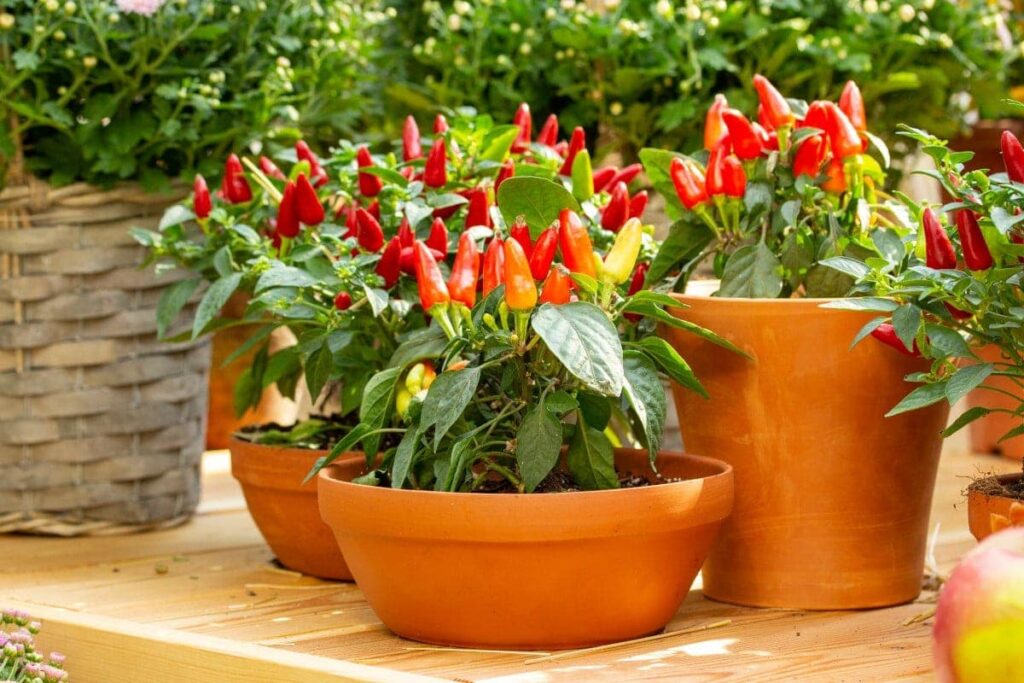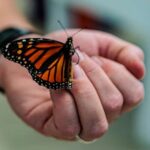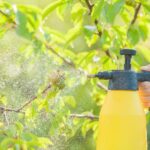Introduction
Growing bell peppers in pots is an excellent way to enjoy fresh produce even in limited spaces. With the right techniques and care, you can cultivate healthy bell pepper plants right on your balcony, patio, or even indoors. This article explores the feasibility of growing bell peppers in pots, highlighting the advantages and essential considerations for success.
Selecting the Right Pot and Soil
Choosing an appropriate pot size is crucial for the healthy growth of bell peppers. Opt for pots that are at least 12-18 inches in diameter, providing ample room for root development. Additionally, ensure the pot has sufficient drainage holes to prevent waterlogging, which can lead to root rot.
When it comes to soil selection, opt for a well-draining potting mix rich in organic matter. A blend specifically formulated for vegetables or peppers can provide the necessary nutrients for robust growth. Avoid heavy soils that retain too much moisture, as they can suffocate the roots and hinder plant growth.
Providing Optimal Growing Conditions
Bell peppers thrive in warm, sunny conditions, requiring at least 6-8 hours of sunlight per day. Choose a location for your pots where they can receive adequate sunlight, such as a south-facing balcony or patio.
Temperature also plays a significant role in bell pepper growth. These plants prefer temperatures between 70-85°F (21-29°C) during the day and slightly cooler temperatures at night. Avoid exposing them to extreme heat or cold, as it can stunt growth and affect fruit production.
Proper watering and fertilization are essential for healthy bell pepper plants. Keep the soil consistently moist but not waterlogged, watering deeply when the top inch of soil feels dry to the touch. Fertilize regularly with a balanced fertilizer formulated for vegetables, following package instructions for application rates.
Managing Pests and Diseases
While bell peppers are relatively low-maintenance plants, they can still fall victim to pests and diseases. Common pests include aphids, spider mites, and caterpillars, which can damage foliage and reduce fruit yield.
To prevent pest infestations, regularly inspect your plants for signs of insects and remove them manually if detected. Consider using natural remedies such as neem oil or insecticidal soap to deter pests without harming beneficial insects.
In addition to pests, bell peppers are susceptible to diseases such as blossom end rot and bacterial leaf spot. Monitor your plants closely for any signs of disease, such as yellowing leaves or dark spots, and take prompt action to address the issue.
Harvesting and Maintenance
Knowing when to harvest your bell peppers is essential for optimal flavor and texture. Mature bell peppers will have firm, glossy skin and vibrant coloration, depending on the variety. Use sharp scissors or pruning shears to cut the peppers from the plant, taking care not to damage the stems or surrounding foliage.
After harvesting, continue to provide ongoing care and maintenance to your potted bell pepper plants. Remove any spent foliage or fruit to encourage new growth and prevent disease spread. Additionally, monitor soil moisture levels and adjust watering as needed, especially during hot or dry periods.
In conclusion, growing bell peppers in pots is a rewarding endeavor that allows you to enjoy fresh, homegrown produce regardless of space constraints. By selecting the right pot and soil, providing optimal growing conditions, managing pests and diseases, and practicing proper harvesting and maintenance techniques, you can successfully cultivate delicious bell peppers right at home. Whether you’re a seasoned gardener or a novice enthusiast, growing bell peppers in pots is a fulfilling experience that yields flavorful rewards.



